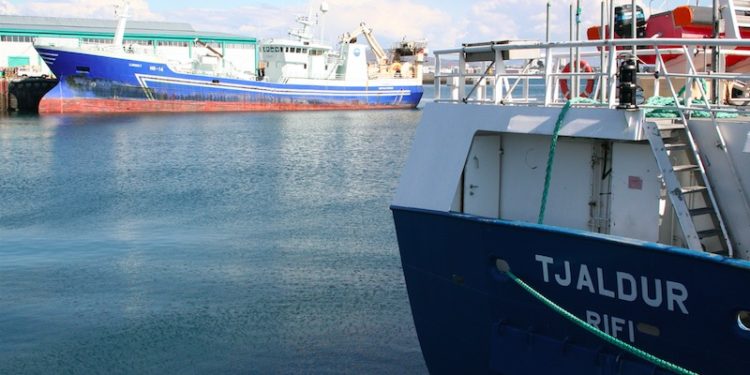Iceland’s fisheries minister Gunnar Bragi Sveinsson has taken decisions on the 2016-17 quota year’s fishing quotas and as in previous years, the Ministry has followed the Marine Research Institute’s recommendations.
He commented that the MRI figures were a disappointment, compared to what had been hoped for.
‘We have something of a luxury problem in Iceland due to excellent fisheries management policies and we need to support marine research so that we can understand, for instance, why some cod year classes are losing weight,’ he said, commenting that commercial stocks are well balanced and exploitation is cautious, based on formulae that are internationally accepted.
According to the Ministry, this also supports the position of Icelandic fish on the international market which is increasingly demanding seafood that is certified as sustainable.
The Ministry also states that cod recruitment has been below average in recent years while the growth of the stock is believed to be due to reduced fishing effort.
The Marine Research Institute has recommended reduced TACs for some species and draws attention to the diminishing stocks of species that prefer warmer temperatures, and quotas for ling, monkfish, langoustine, silver smelt and other species that are most abundant off the south of Iceland have all been reduced.
This year’s cod quota is set at 244,000 tonnes, an increase over the 239,000 tonne quota last year. Haddock is down at 34,600 tonnes from 36,400 tonnes and saithe remains at 55,000 tonnes. The Icelandic summer spawning herring quota is down to 63,000 tonnes from 70,200 tonnes and other pelagic quotas will be set towards the end of the year.









